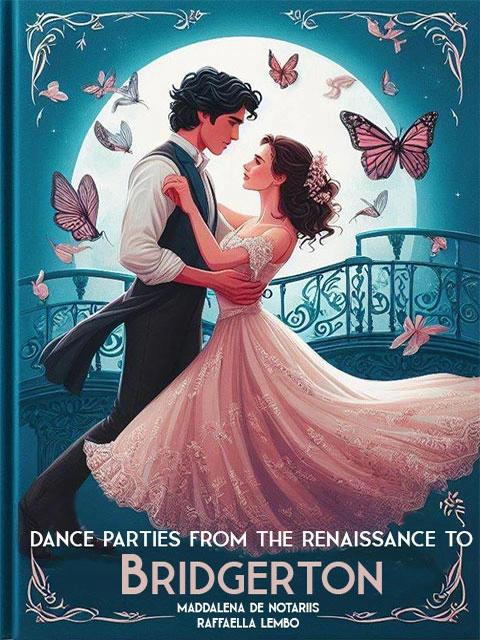

FIRST PART A SHORT HISTORY OF DANCE FROM ANTIQUITY TO THE BEGINNING OF THE 19TH CENTURY
CHAPTER 1
DANCE IN THE ANCIENT WORLD
1.1 The functions of dance in primitive societies
Although practised by all peoples since the earliest civilizations, dance could not be documented for millennia, except by figurative or literary evidence. The absence of a precise written tradition and instruments capable of recording movement did not allow historians of this artistic form to have an archive of documents, comparable to that of the other arts, to refer to. Until the beginning of the last century, the only documents to reconstruct the history of dance did not have kinetic characteristics: even when integrated with each other, still lack the specific element of dance, the visual perception of the action as it unfolds. Yet dance is perhaps the oldest of the arts. The ethnomusicologist Curt Sachs called it the ‘mother of the arts’, because 'before man entrusted his emotions to stone, to sound, he used his body to organize space and pace time”. In Western culture, dance has been documented since prehistoric times. Even before the birth of societies, prehistoric men expressed their playful and warrior instincts, the discovery of the laws of life, with bodily movement, making their body an instrument for celebrating the cosmos. Dance was probably born as a spontaneous reaction of the individual to experiences of everyday life, such as the killing of prey or the death of a member of the family clan. The original dance was probably intended as a magical religious rite, during which men had the possibility of communicating with unknown forces that went beyond their ability to control and understand. Arms raised towards the sky in supplication to invoke the rain or make the storm stop, they have remained a gesture typical of the propitiatory dance of many ethnic communities, but they have also become part of artistic dance, as can be seen in ballet and in many contemporary choreographies